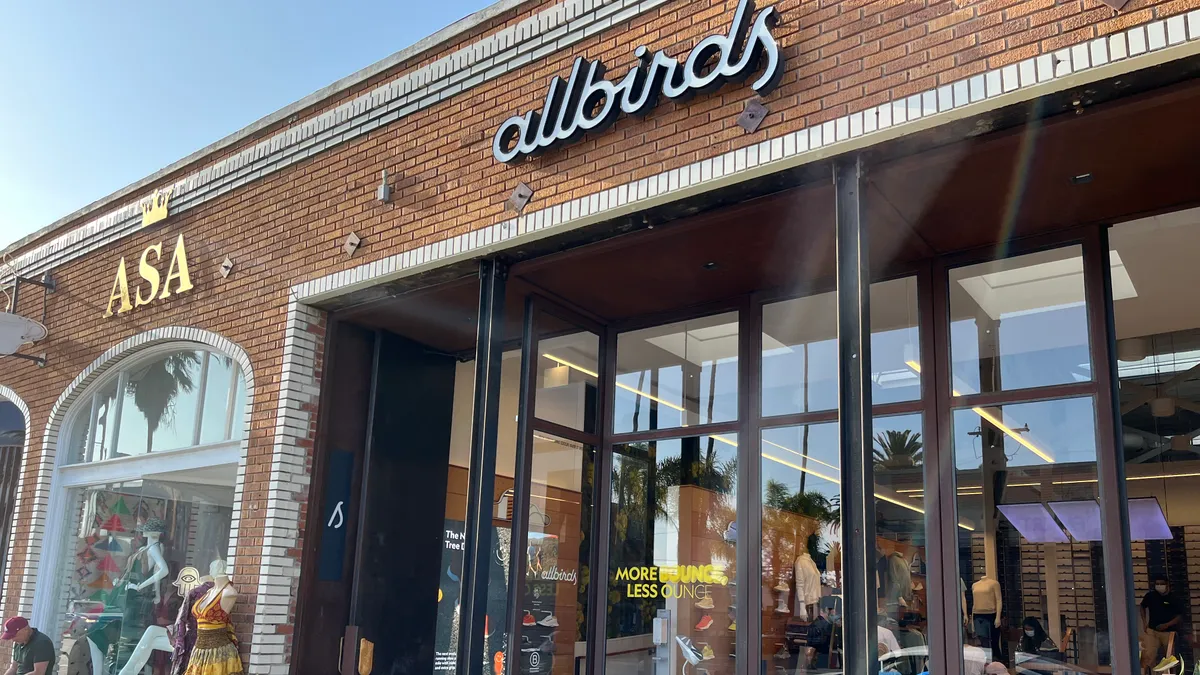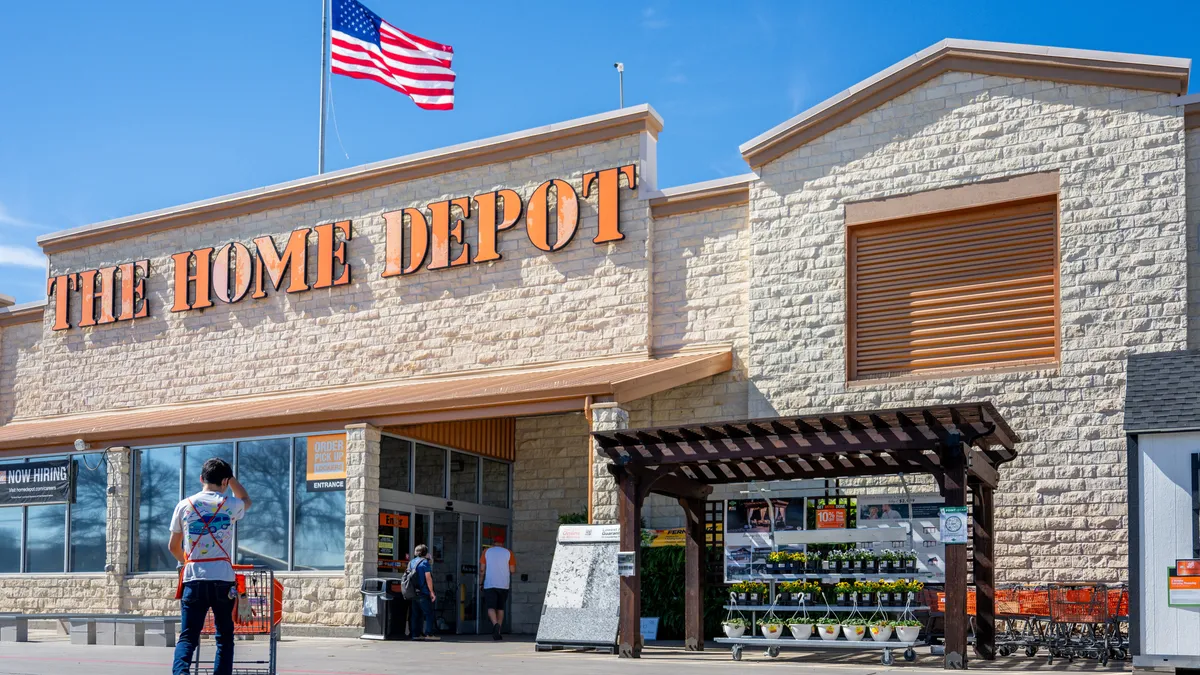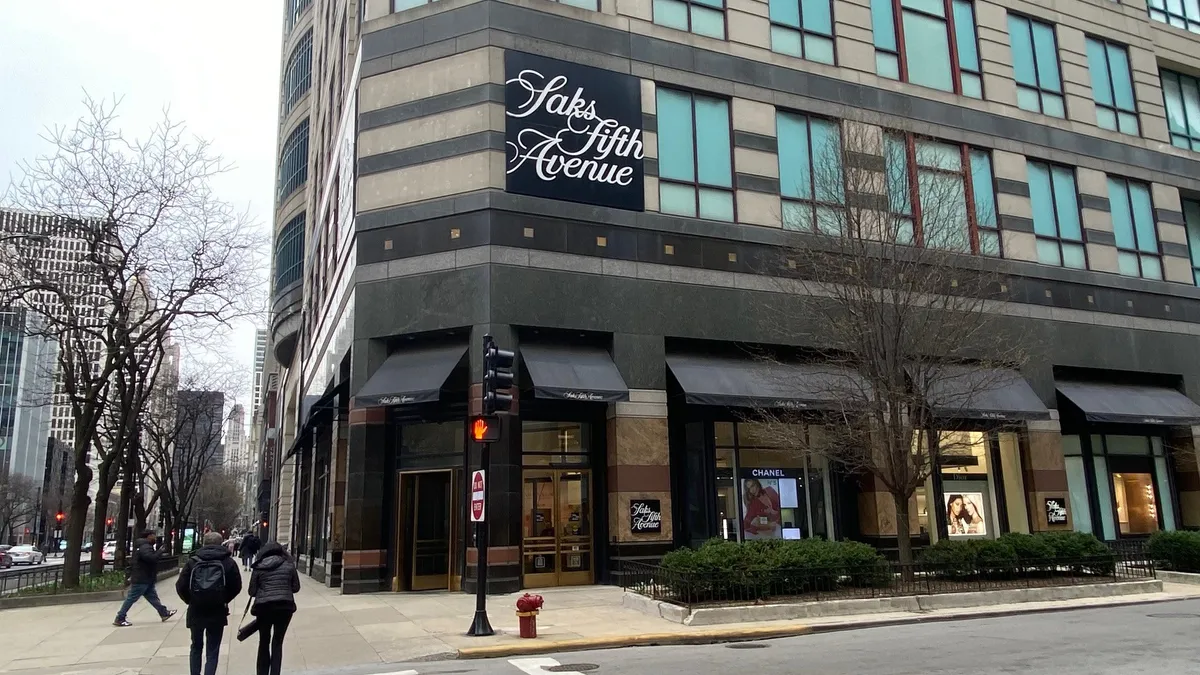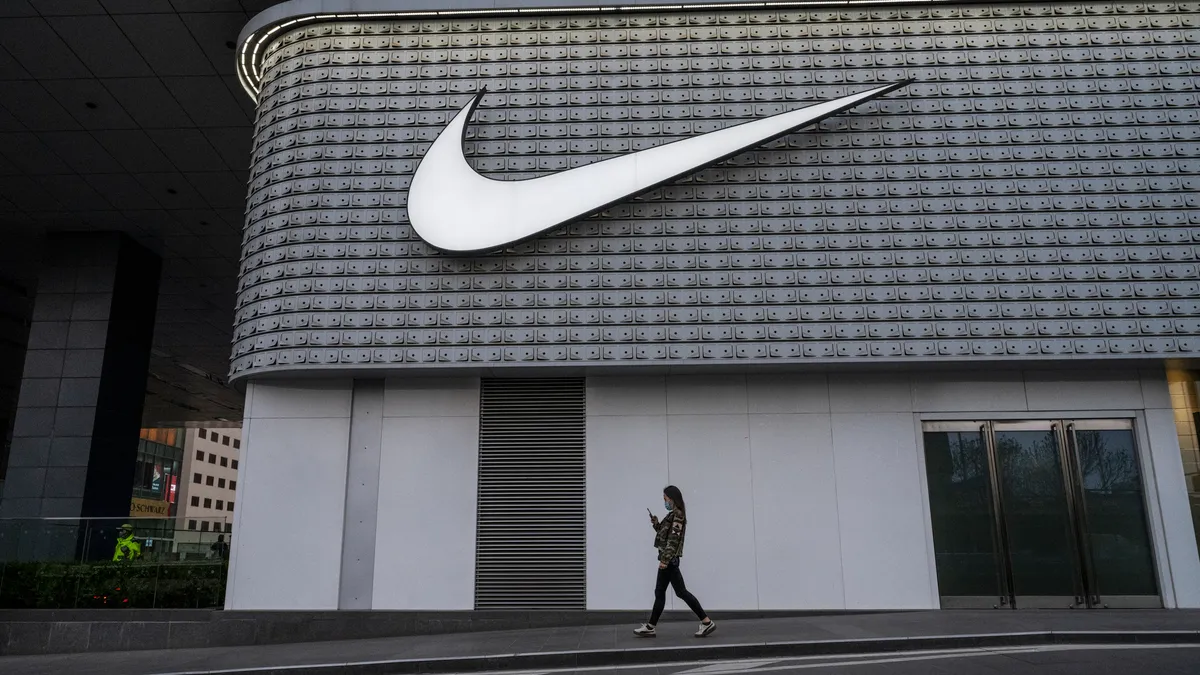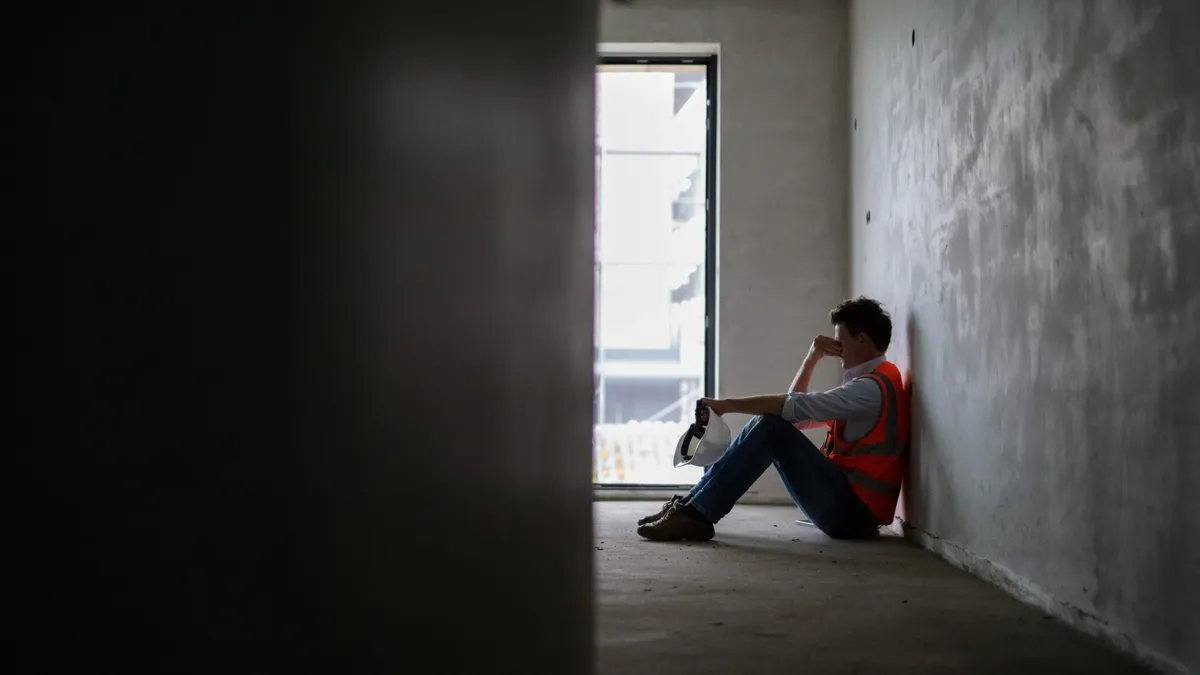It’s hard to picture a retail employee sitting down. From the old-fashioned general store counters of the Wild West era to the Wal-Mart cash registers of the 21st century, standing up is a retail tradition that's stood the test of time.
But that is almost guaranteed to change in California, where the state Supreme Court recently ruled that employers can no longer deny any worker a place to sit.
“There is no principled reason for denying an employee a seat when he spends a substantial part of his workday at a single location performing tasks that could reasonably be done while seated, merely because his job duties include other tasks that must be done standing,” wrote Justice Carol A. Corrigan in the court's opinion, which addressed lawsuits brought by CVS Health clerks and Chase Bank tellers who said they were denied the opportunity to sit while on the job, even when it affected their health.
The CVS lawsuit was one among several pending in the United States Court for the Ninth Circuit in California asking for clarification about “suitable seating” language embedded in Section 14 of the California Industrial Welfare Commission's Wage Orders, which states “employees shall be provided with suitable seats when the nature of the work reasonably permits the use of seats.”
According to Michael Kun, partner at law firm Epstein Becker Green and national chairperson for the firm’s wage hour and class action practice group, “suitable seating” language has been part of the wage law in California for years, but it's only recently surfaced in the courts, mostly at the instigation of plaintiffs’ lawyers. “The whole concept of ‘suitable seating’ and lawsuits regarding suitable seating is a relatively new one, and hasn’t been addressed for literally decades,” Kun told Retail Dive.
And while the Supreme Court ruling is likely to transform many workplace environments in California, including retail stores, experts say it may still require further clarification and more legal wrangling.
“We believe we’re about to see a new wave of these class actions, in part because of the way the Supreme Court opinion was written,” Kun said.
The traction of tradition
Retailers have long instructed store staffers to stand, notes Jason Goldberg, vice president of commerce at digital marketing firm Razorfish, who also blogs as the Retail Geek.
“Retailers have always liked the notion of employees standing to feel more open to approach from shoppers,” Goldberg told Retail Dive in email. “It's certainly true that people feel more comfortable engaging each other at eye level, so it can be awkward when a customer is standing, and has to look down at a seated store clerk. The idyllic model has always been Mr. Olsen from 'Little House on the Prairie,' standing at the front of his shop to greet and help customers.”
Kun and Anthony J. DeCristoforo, a partner at Sacramento law firm Stoel Rives, say this “tradition” has in the past prevailed as a legitimate argument for retailers faced with seating lawsuits.
In a suitable seating case before the U.S. District Court in Northern California, for example, the court recognized Kmart’s “genuine customer-service rationale for requiring its cashiers to stand” and said that “Kmart has every right to be concerned with [the] efficiency—and the appearance of efficiency—of its checkout service.”
“Many retailers believe that employees provide better customer service while standing, or at least they believe that employees are perceived by customers to provide better service while standing," DeCristoforo told Retail Dive in email. "The court said this business judgment is entitled to some weight, but only if requiring employees to stand is not merely a preference of the employer. This might mean that a business needs to provide evidence demonstrating that the specific customer service tasks the employees are performing are best accomplished standing."
But in an age of disruption, traditions are made for busting. Goldberg says that insisting on an old standby like standing might not be worth it because providing a seat could enable a retailer to hire someone that can’t be on their feet all day, but might nevertheless be an outstanding retail employee.
“Requiring cashiers to stand for eight hour shifts is really a self-defeating practice,” Goldberg said. “Even employees who can stand for eight hours are unlikely to be as friendly and diligent at the end of an eight-hour shift as they were at the beginning. Customers don't want to see a pregnant clerk obviously struggling on her feet all day, or interact with tired and grumpy employees, so it's a win-win for retailers and their staff to figure out means to keep cashiers comfortable and fresh.”
The transformation of tradition
The state Supreme Court's suitable seating decision will have a ripple effect throughout California—the country’s most populous state and the world’s eighth largest economy, by some measures.
California retailers are already responding with new policies. CVS told the Los Angeles Times that the retailer has taken steps to comply with the decision and is "pleased with the California Supreme Court's ruling in this matter,” according to CVS spokesperson Mike DeAngelis.
But while the idea was to give retailers clarity on the long-ago established rules—and the Supreme Court action does, to some extent—many questions remain, and further litigation could continue to shape what is and is not acceptable. For example, if a wheelchair-bound employee can perform a task, it could be difficult to argue that a seated employee can’t.
“The [Supreme Court] decision provides some guidance for companies, but it doesn’t establish black and white rules,” DeCristoforo said. “It’s up to the business to evaluate whether the nature of the work reasonably permits the use of seats. The guidance the court did provide is that a business must consider the subsets of an employee’s total tasks and duties by the location where the employee performs his or her duties, such as a cash register or teller window, and consider whether it is feasible for the employee to perform each of the tasks at that location while seated.”
Although the decision's impact is for now confined to Golden State borders because of the peculiarities of the case's origin, Kun says California often serves as a testing ground for other states, as it has in areas from environmental regulations to drunk-driving laws, and “suitable seating” provisions could similarly be attractive to lawmakers across the nation.
If and when more permanent, far-reaching changes come, there are ways to introduce retail store seating that serve both the job and the employee, Goldberg says, like stools or higher chairs that keep the service at eye level, or better rotation of duties that allow for a variety of movement and positions throughout a shift.
In addition, technology is helping retail workers come out from behind the counter to search inventory or check out a customer’s purchase—a side-by-side approach to the retailer/customer interaction that Goldberg says has been well received.
And in an era when few people mind being served by a retail worker in a wheelchair or other accommodation, it's clear that conventional notions of retail staff approachability are already changing, regardless of the rules and guideliness that lawmakers put into place.
“[The] California Supreme Court ruling really shouldn't have an effect on retailers that already put a premium on quality customer service,” Goldberg said. “It's really just forcing retailers to follow practices that should have been customer service common sense.”






